
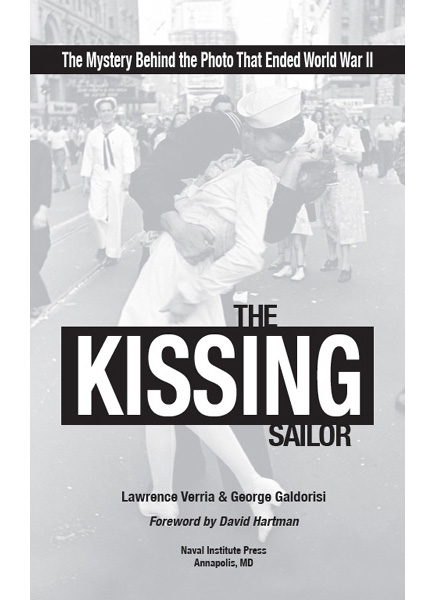
Naval Institute Press
291 Wood Road
Annapolis, MD 21402
2012 by Lawrence Verria and George Galdorisi
All rights reserved. No part of this book may be reproduced or utilized in any form or by any means, electronic or mechanical, including photocopying and recording, or by any information storage and retrieval system, without permission in writing from the publisher.
Library of Congress Cataloging-in-Publication Data
Verria, Lawrence.
The kissing sailor : the mystery behind the photo that ended World War II / by Lawrence Verria and George Galdorisi.
p. cm.
Includes bibliographical references and index.
ISBN 978-1-61251-127-6 1. World War, 1939-1945PeaceNew York (State)New York. 2. V-J Day, 1945New York (State)New York. 3. Mendonsa, George. 4. SailorsNew York (State)New YorkPictorial works. 5. NursesNew York (State)New YorkPictorial works. 6. PhotographsPolitical aspectsUnited StatesHistory20th century. 7. Friedman, Greta. 8. SailorsUnited StatesBiography. 9. Eisenstaedt, Alfred. 10. Times Square (New York, N.Y.)History20th century. I. Verria, Lawrence. II. Galdorisi, George, 1948- III. Title.
D816.V47 2012
940.545973092dc23
2012007542
 This paper meets the requirements of ANSI/NISO z39.48-1992 (Permanence of Paper).
This paper meets the requirements of ANSI/NISO z39.48-1992 (Permanence of Paper).
20 19 18 17 16 15 14 13 12 9 8 7 6 5 4 3 2 1
First printing
T o my wife, Celeste, and our daughters, Chelsea, Britney, and Simone, for encouraging a high school history teacher to give chase.
Lawrence Verria
T his book is dedicated to my wife, Becky, and our adult son and daughter, Brian and Laura, for their infinite patience and understanding throughout all my writing pursuits and especially for their gentle encouragement in the process of producing this book.
George Galdorisi
CONTENTS
A book? An entire book? About a black-and-white still photograph? Must be some picture! Indeed, its one of the most memorable and beloved photos ever taken, and this book about it is masterful storytelling, a super detective story that solves a sixty-five-year-old mystery. Who were the sailor and nurse, in a passionate kiss, in LIFE magazines photo taken in Times Square, New York City, on August 14, 1945, the day that World War II ended? What made this one photo worth not only a thousand words, but millions of words over decades? Because it makes us actually feel like we were there experiencing the exultation of the wars end with millions of others around America.
Who were the players in this tale? Three people from different worlds who had never met each other came together, purely by chance, for just a few seconds at 44th Street and Broadway at a historic moment in time. They were the great photographer, Alfred Eisenstaedt (Eisie), the Father of Photojournalism, who was on assignment for LIFE in Times Square trying to capture, on film, the wild emotions of that day; an American sailor who was on leave after two years serving on board ship in the Pacific War; and a young woman in a nurses uniform who was on lunch break from her job in midtown Manhattan. She had strolled to Times Square to learn for herself what patients had been telling her all morning, that the war might be over.
World War II was the most widespread and destructive conflict in history. Fifty million to seventy million people died. Tens of millions more were injured, many for life. Every person and nation on the planet was affected in some way by the horrendous war. America was directly involved in combat for three years and nine months. It was the last time in America that every man, woman, and child, along with all business and government leaders, were totally committed to a common goal. The announcement that Japan had surrendered on August 14, 1945, unleashed a volcanic eruption of excitement not seen before or sincespontaneous parades, singing, dancing in the streets, and uninhibited hugging and kissing, including by total strangers. In New York City, Times Square is where people go to celebrate, then and now, and it was a magnet for New Yorkers who wanted to share their exhilaration that day. People by the tens of thousands poured into the Square from apartment buildings, offices, theaters, and restaurants. Booze was flowing at bars across the city, mostly for free. By seven that evening there were half a million people in Times Square. The world could breathe again. The war had finally ended. That day has been called the happiest day in the history of America.
The sailor and his very new girlfriend were spending his last day of leave going to the one-oclock movie at Radio City Music Hall. Someone pounded on the theater door and yelled, The war is over! Radio City emptied. The couple left the theater, stopped at a bar and had a few quick drinks (at least, he did), then headed into Times Square. Pandemonium broke out. In his joyous state, the sailor spotted a nurse in white, walked up to her and, without so much as saying Hello, grabbed her, bent her back, and kissed her hard, her body shaking in submission. The girlfriend looked on. (Its a good sign that the sailor and his girlfriend have now been married for more than sixty years.)
From its first issue in 1936, LIFE was the most influential picture magazine in the country and had been telling the story of the war in all of its horror and emotion. Each week LIFE reached some seventy-five million reader-viewers with extraordinary photographs that made us laugh, cry, curse, and weep. In the magazines forty-two-year life, Eisie photographed eighty-six of its cover images. When he arrived in Times Square that afternoon, the place was already coming unhinged. With his Leica 35mm camera, he spotted numerous targets of opportunity, including that sailor in a passionate embrace and kiss. It lasted just a few seconds; the sailor and nurse parted, never introduced. Eisie took four pictures, then moved on quickly to find new photo ops without interviewing the couple or learning their names.
That photo has allowed millions to be there in Times Square at that moment, to feel the emotions of that day in America. The sailor and nurse never saw the picture until 1980, thirty-five years after their chance meeting in Times Square. They did meet again, several times, over the next thirty years. Only now, more than sixty-five years after that photo was taken, have their identities been uncovered by a Rhode Island high school history teacher, Larry Verria, and a retired U.S. naval aviator, Captain George Galdorisi. Many pretenders came forward to say that they were in that photo, but Verria and Galdorisis ten years of sleuthing and master detective work have finally revealed, with certainty, what millions have wanted to know for decades. Who were and are the sailor and nurse in the iconic photo? Verria and Galdorisis investigative team included, among others, photo analysis experts, forensic anthropologists, facial recognition specialists, and cutting-edge techno-wizards from Cambridge, Massachusetts. Sherlock Holmes and Watson would applaud.
Oh! Who are the sailor and nurse? Continue, intrepid readers, and join detectives Verria and Galdorisi for a mystery solved and an emotional journey, a trip back in time to a few moments of joy and exultation in America.
Next page


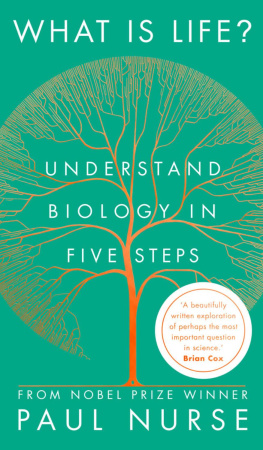

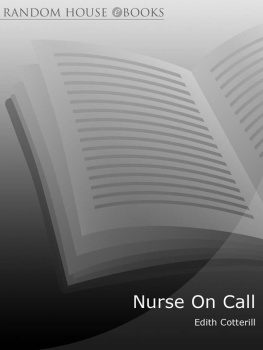
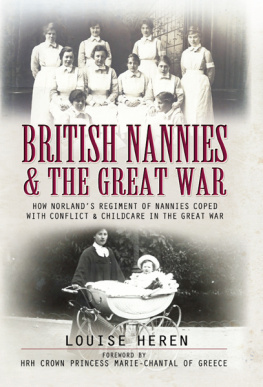
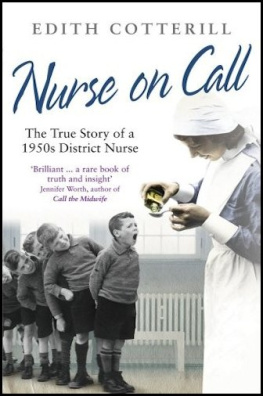

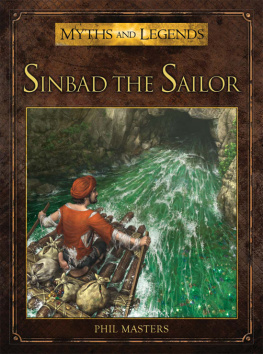


 This paper meets the requirements of ANSI/NISO z39.48-1992 (Permanence of Paper).
This paper meets the requirements of ANSI/NISO z39.48-1992 (Permanence of Paper).